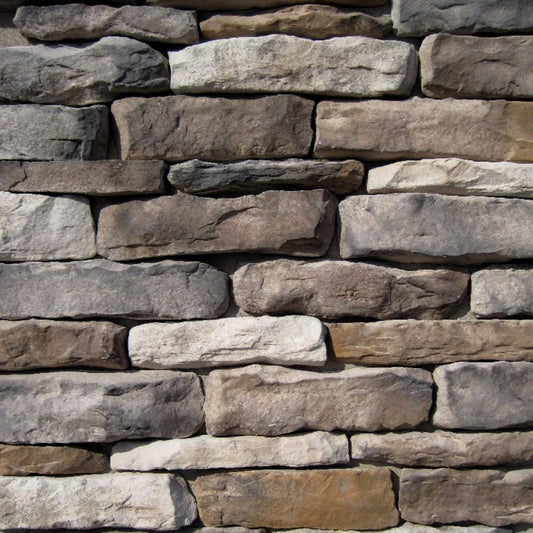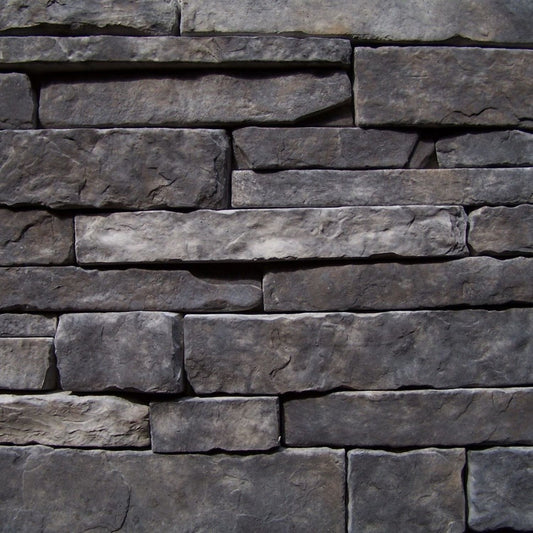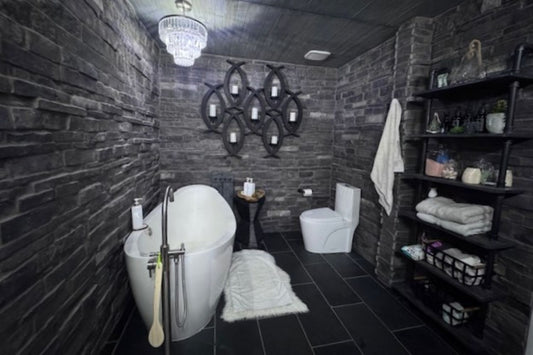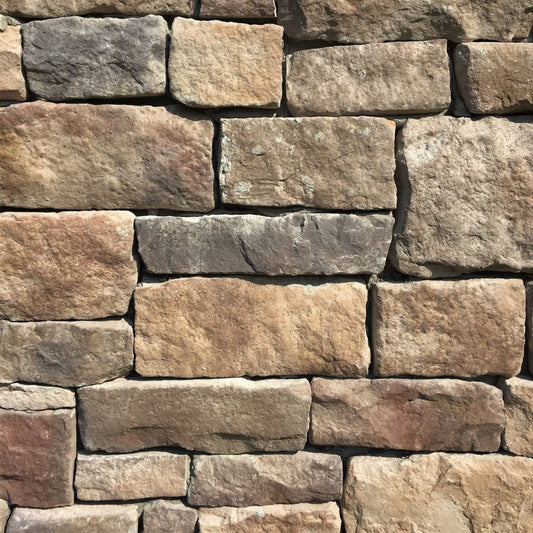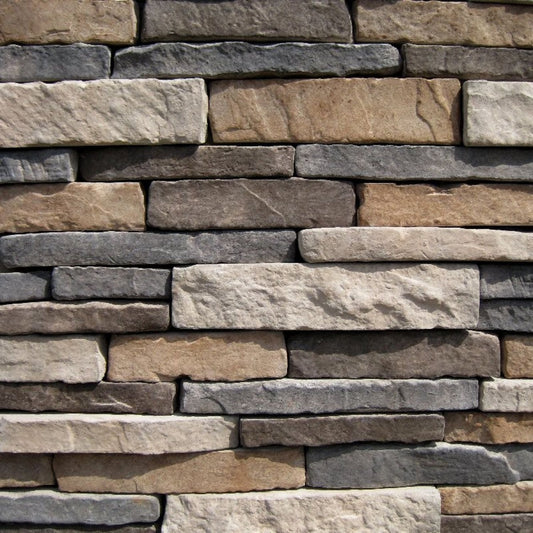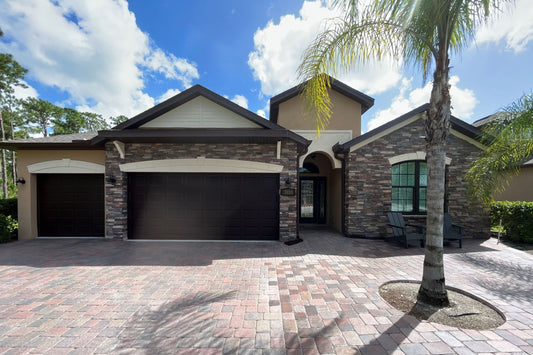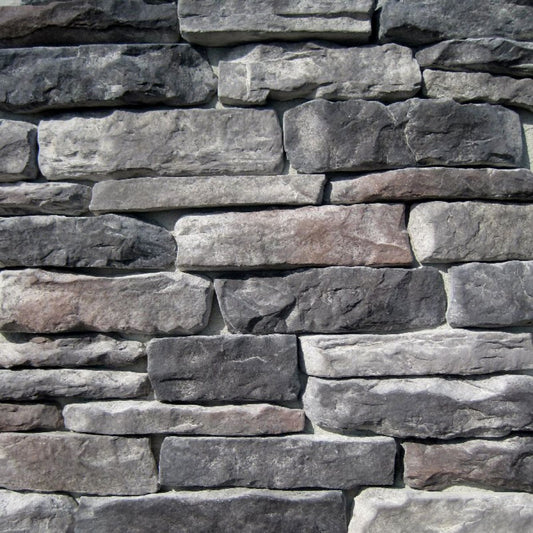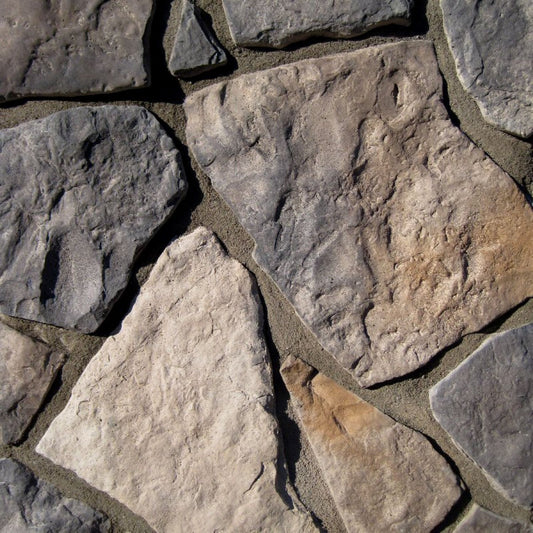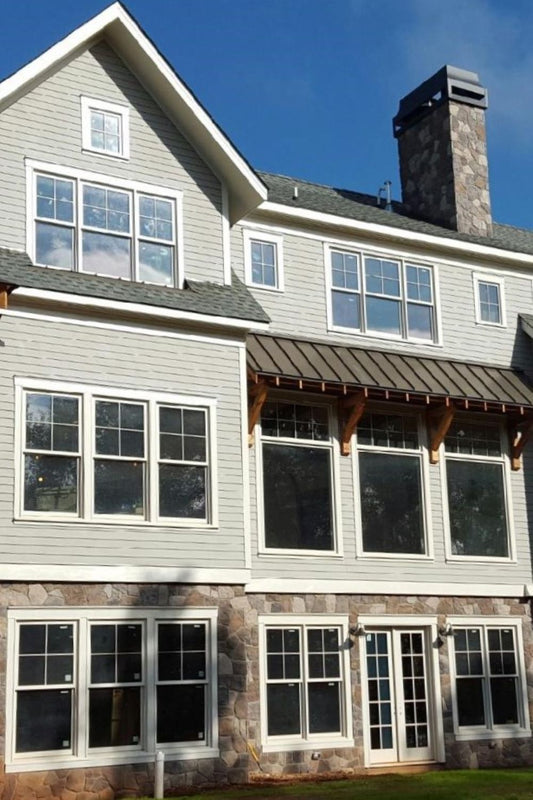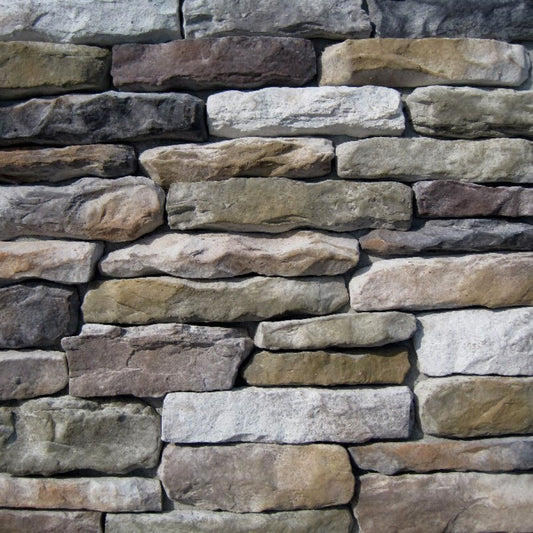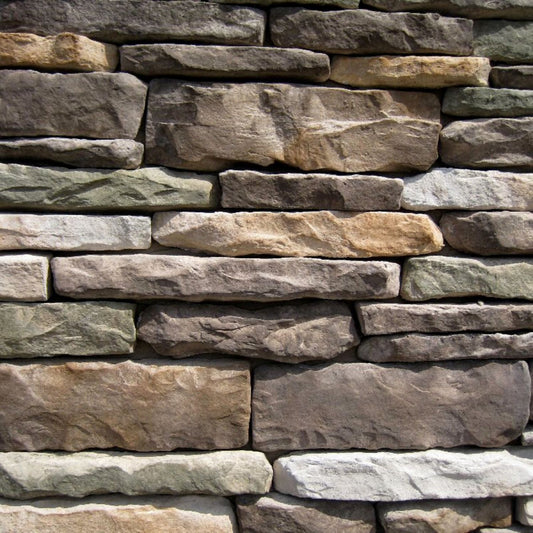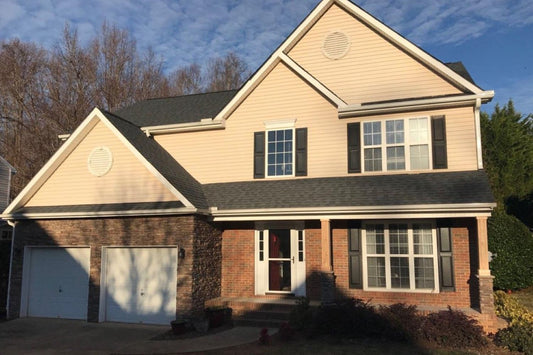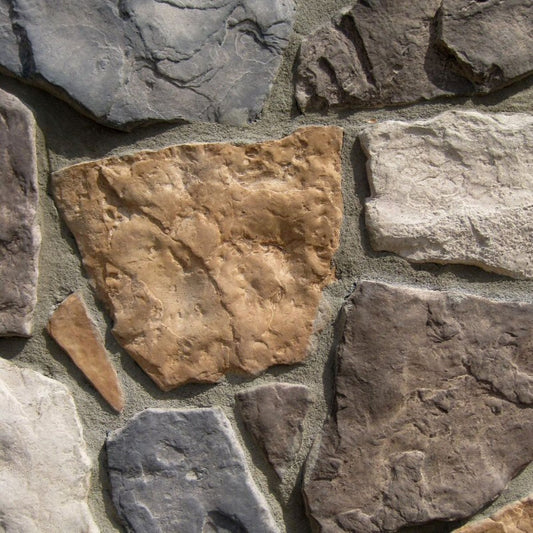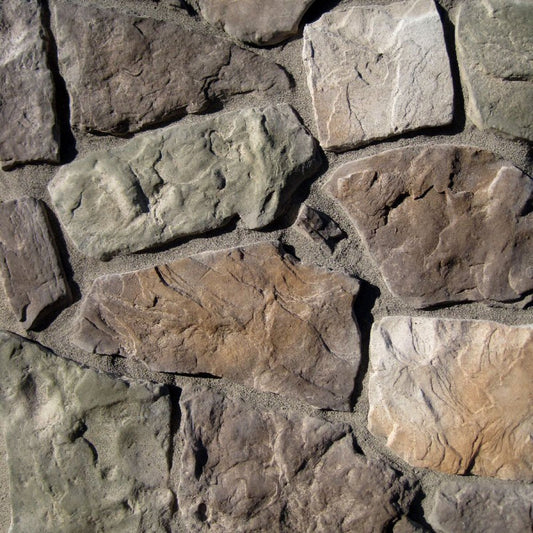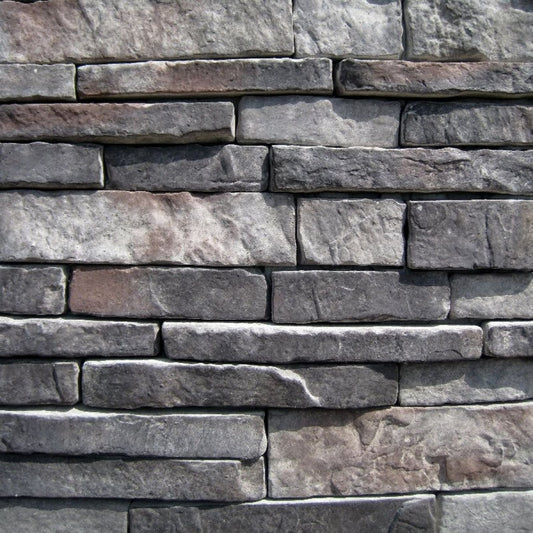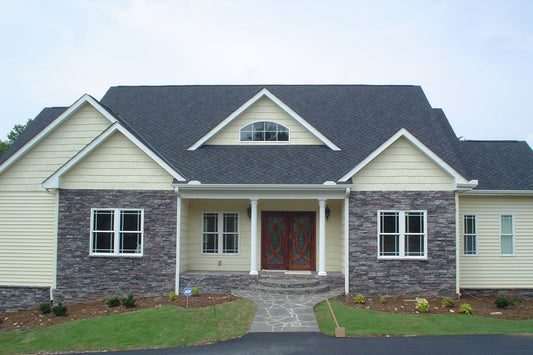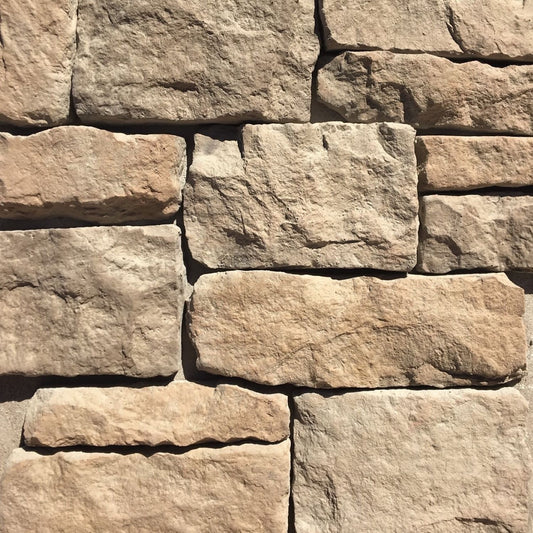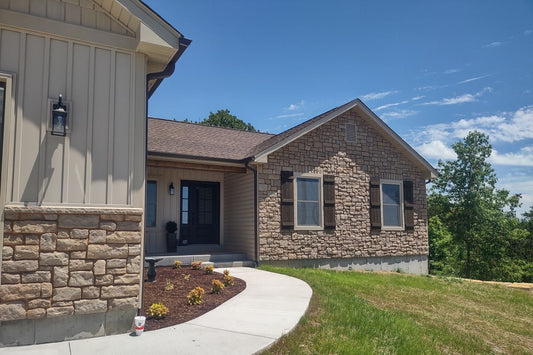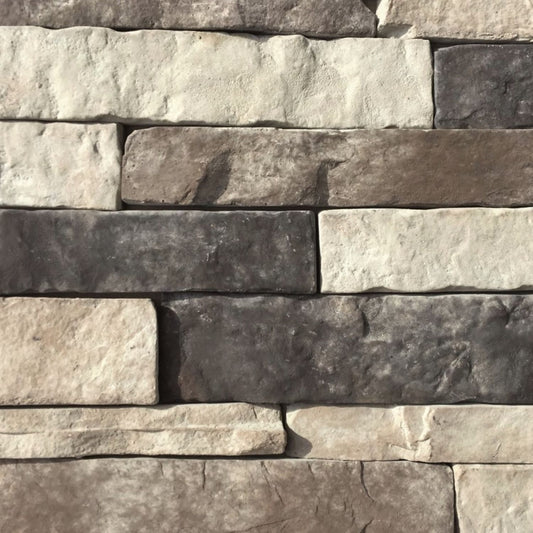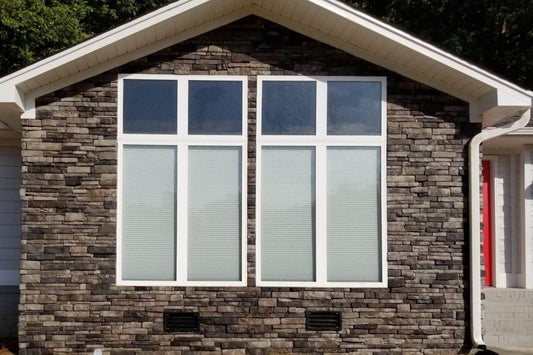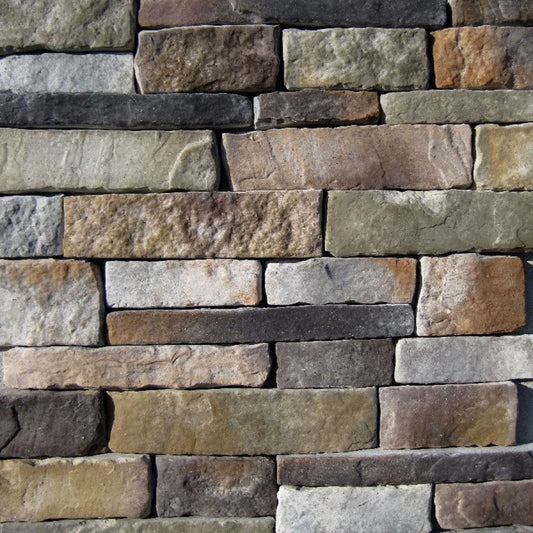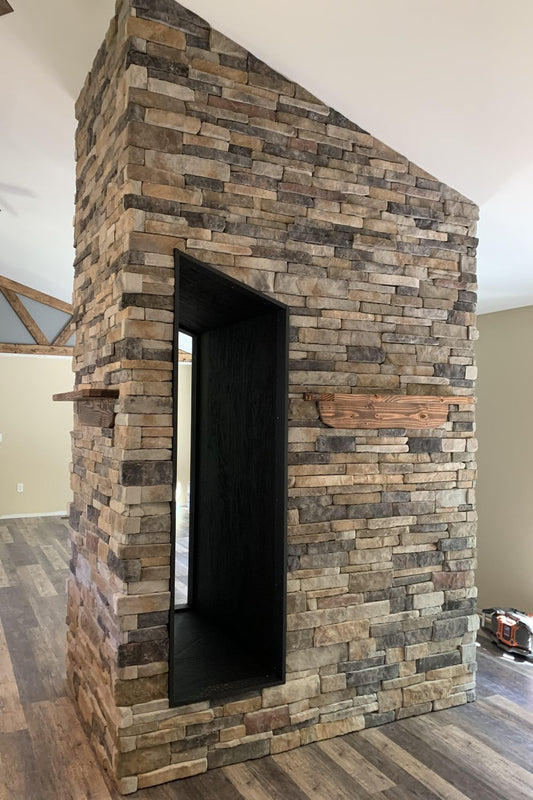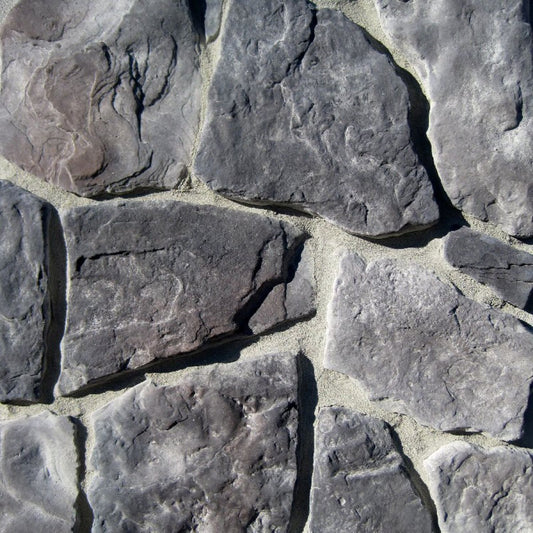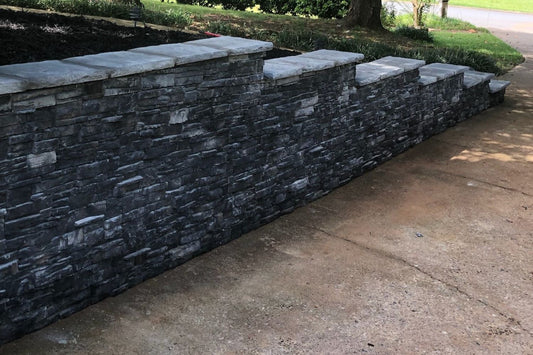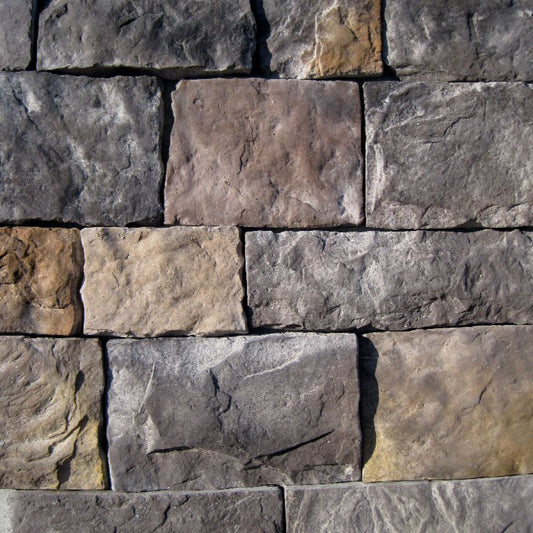
How to Seal and Protect Stone Veneer
Share
Stone veneer offers the beauty of natural stone at a fraction of the cost and weight, making it a popular choice for both interior and exterior projects. While it’s highly durable, sealing your stone veneer is a smart way to protect your investment from weather, moisture, and stains, especially in high-traffic or exposed areas. In this post, we’ll walk you through why sealing is important, when to seal, how to apply sealer, and the best products and tips to keep your stone looking like new.
Why seal manufactured stone veneer?
Manufactured stone is made from a mix of cement, lightweight aggregates, and iron oxide pigments. While it’s engineered for strength and longevity, it is still slightly porous, meaning it can absorb water and contaminants over time.
Benefits of sealing
Sealing manufactured stone veneer offers several important benefits that help protect and preserve your investment. A high-quality sealer creates a moisture barrier that prevents water infiltration, which is especially important in freeze-thaw climates where water can cause cracking and damage. It also helps prevent stains from dirt, oils, and food, making it ideal for use around outdoor BBQs, kitchens, and fireplaces. Sealing reduces the risk of color fading caused by UV exposure and makes cleaning much easier by repelling dirt, mildew, and grime. Overall, sealing extends the lifespan of your manufactured stone veneer, keeping it looking beautiful for years to come.
When should you seal it?
Knowing when to seal your stone veneer is key to maintaining its durability and appearance. The best time to apply a sealer is immediately after installation, once the mortar has fully cured, typically after 24-48 hours. To keep your stone veneer protected over time, resealing every 3 to 5 years is recommended, depending on weather exposure, usage, and surface wear. After a deep cleaning, applying a fresh coat of sealer helps lock in that clean, refreshed look. For outdoor stone veneer or areas with high moisture, such as fireplaces, showers, garden walls, or BBQ surrounds, more frequent sealing may be needed to ensure maximum protection and long-term performance.
How to seal stone veneer
Here’s a simple step-by-step process:
1. Clean the surface: remove any dust, dirt, or residue using a soft brush or sponge and mild detergent. For tougher stains, use a stone-safe cleaner. Rinse thoroughly and allow the surface to fully dry before applying sealer, this is critical.
2. Choose the right sealer: there are two main types of sealers. Penetrating (or impregnating) sealers - these soak into the stone, offering invisible protection without altering the color or sheen, and film-forming sealers - these sit on top of the stone and may add a slight sheen or wet look. These are less breathable and are usually avoided for exterior installations. Always choose a breathable, water-based, penetrating sealer designed specifically for manufactured stone veneer.
3. Apply the sealer: use a pump sprayer, sponge, or brush for application. Start at the top and work your way down. Apply evenly and avoid over-saturating. Most products require two light coats for full protection. Follow the manufacturer’s instructions carefully for drying time and re-coating.
4. Allow to cure: after application, allow the sealer to cure for the recommended time, usually 24 to 48 hours, before exposing the stone to moisture or traffic.
Maintenance tips to keep your stone looking new
1. Spot clean stains as soon as they appear to prevent absorption.
2. Avoid harsh chemicals or pressure washing, as these can damage the surface or strip sealant.
3. Check for water absorption once a year. If water darkens the surface, it’s time to reseal.
4. Inspect mortar joints and re-point if necessary to prevent water infiltration.
How to seal and protect stone veneer
Sealing your manufactured stone veneer is a simple and cost-effective way to protect its color, structure, and beauty for years to come. Whether you're installing stone around a fireplace, outdoor kitchen, or entryway, a quality sealer and a little routine maintenance go a long way.
You may also like
How long does manufactured stone veneer last? Maintenance, and tips for longevity.
Stone veneer care and maintenance: How to clean, seal, and protect your stone.
Is stone veneer hard to install? What DIYers and contractors need to know.
What's next?
Bring your vision to life with our high-quality stone veneer! Shop now to find the perfect style or order a sample to experience the texture and color up close. Start your project with confidence today!
Have a question?
Please see our full terms of service.
For general information and questions please call: (864) 882-8960 Mon. - Fri. 8am - 5pm (EST) or email: info@mountainviewstone.net we are more than happy to help you.
Or you can submit your questions via our contact us page.
We look forward to working with you on your upcoming project.
The Mountain View Stone Team

